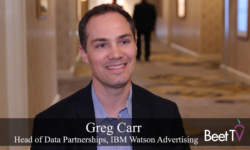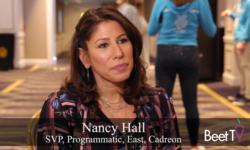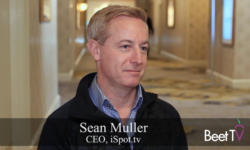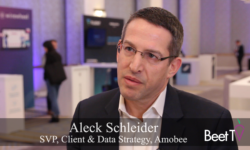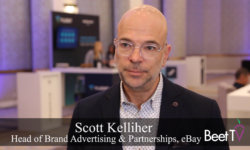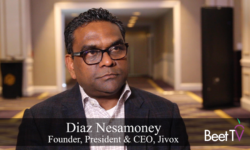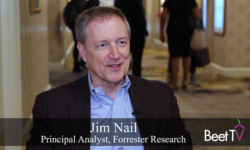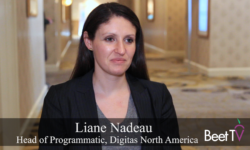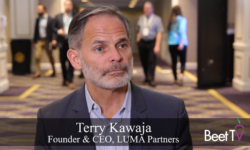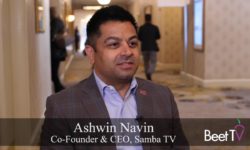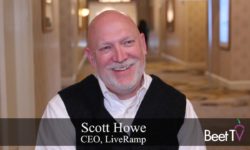SAN FRANCISCO– When thinking about contextual advertising, ZEFR thinks about how brands can align with specific types of content that make sense based on their specific preferences. In an interview with Beet.TV’s Jon Watts at LiveRamp’s RampUp Summit, Jeremy Greenspan, svp and head of programmatic Sales at ZEFR, explained how the conversation around contextual has shifted as of late around safety versus suitability.
Greenspan believes that the platform has done a great job on the safety side of things, but sees more opportunity to be filled on the suitability side.
“What we see is that every single brand has their own definitions when it comes to content—what is acceptable for them or what is not acceptable for them.” Greenspan says. “What we want to do with our context DMP is give that control back to the brands and allow them to say, ‘when I think about health and wellness content or sports content, this is my definition and this is the type of content that I want to be around versus a black box definition that’s broad across the entire industry.”
Where contextual fits into the overall ecosystem varies from platform to platform. For ZEFR, they started within the YouTube ecosystem where there are a lot of shared devices.
“We believe and have always been under the belief that contextual is really the strong signal as to not only who somebody is but the mindset that they’re in versus a traditional passive cookie device or traditional audience segment.” Greenspan says.
This means actively aligning brands’ messages with the consumers who are actively looking for messages within that category. This becomes most accurate when brands take into account full context.
As far as data and measurement, Greenspan has found that using broad keywords to define contextual simply isn’t effective. Instead, they have aimed to have humans take a more active role in the process. They’re now having people review videos and looking for nuance and detail in order to train the machines.
“Our whole focus is taking in the preferences of the brand,” Greenspan says. “Really understanding what type of content meets their criteria, what doesn’t, have humans actually watch a lot of videos, and then ultimately use the machines based on all the data coming from the human review of the videos, and that’s what’s going to drive the best decision-making and the best actual models.”
This video is part of Beet.TV’s coverage of RampUp, LiveRamp’s summit for marketing technology in San Francisco. This series is co-sponsored by LiveRamp and ZEFR.






